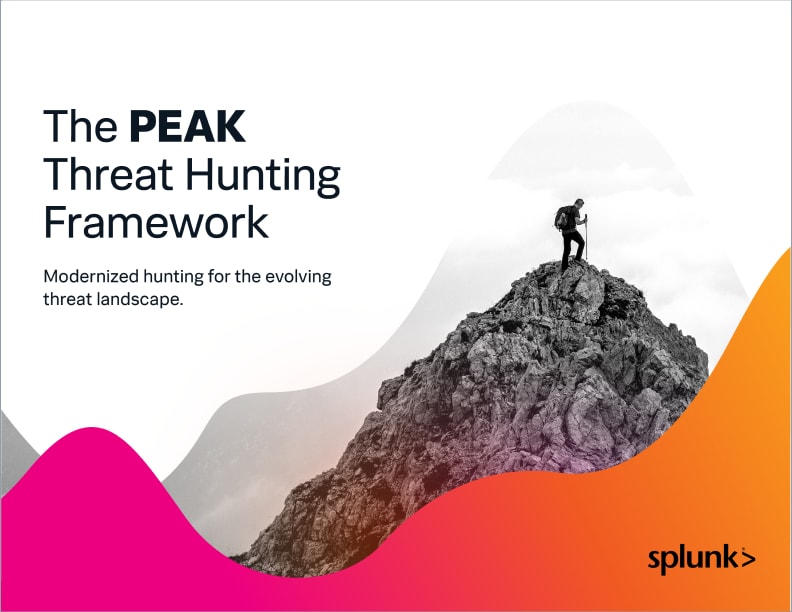Detection Engineering Explained

Safeguarding an organization’s virtual realms has never been more important. Today, connectivity and data are the new currency. Yet, as technology advances, so do the malicious actors and their methods, constantly devising more unique and covert ways to breach defenses.
Herein lies the role of detection engineering. Acting as the digital watchtower for organizations, detection engineering responds to known threats and continuously scans the horizon for the slightest hint of a potential breach. This discipline ensures that the defenders always have the upper hand in a game of virtual cat and mouse.
Dive in as we explore the intricate world of detection engineering, its importance, and how it stands as the frontline defense in our interconnected ecosystem.
What is Detection Engineering?
A specialized discipline within cybersecurity, Detection Engineering (DE) is focused on designing, building, and fine-tuning systems and processes to detect malicious activities or unauthorized behaviors.
As organizations contend with an ever-evolving threat landscape, they must continuously update their defenses and improve their ability to detect potential security incidents. Detection engineering aids in this effort by bridging the gap between raw data from various sources and actionable security alerts.
(Related reading: detection as code & cyber trends.)
The importance of Detection Engineering
DE is critical for several reasons:
- Proactive defense. Waiting for an attack to manifest fully is disastrous. DE helps organizations recognize malicious activities in their early stages, providing an opportunity to intervene before significant harm occurs.
- Evolving threat landscape. As cyber threats evolve and become more sophisticated, you cannot rely solely on traditional, signature-based security controls. Detection engineering ensures that systems identify and effectively respond to new and emerging threats.
- Lower your incident response time. By detecting threats early, organizations respond more swiftly, minimizing potential damage. Faster response times mean the difference between a minor security event and a significant breach. Time is literally money during an incident: the average cost of downtime is $1,467 per minute.
- Compliance & regulatory requirements. Many industries have regulations mandating certain levels of cybersecurity preparedness, such as ISO 27001 and SOC 2, for instance. Effective detection mechanisms help organizations meet these requirements, avoiding legal repercussions and potential fines.
- Preserving reputation & trust. A significant cyber incident can severely damage an organization’s reputation. In fact, this years-old study reports that 31% of consumers in the survey had ended their relationships with an organization after a breach. (We suspect it’s a lot higher now, as more organizations have been breached.) By investing in robust detection capabilities, organizations demonstrate a commitment to safeguarding stakeholders’ data and interests, which fosters trust.
(Read all about the TDIR lifecycle: threat detection, investigation & response.)
Key functions in Detection Engineering
To explain the vital components of Detection Engineering, let’s compare DE to a home security system.
Imagine your home as a network or computer system. You have various entry points, like doors, windows, and maybe a garage. Similarly, companies have various entry points in their networks, such as email, internet browsers, software applications, etc. Detection Engineers help manage and protect these entry points.
So, what are the key ways to do this?
Data collections
Your home security system has cameras, window sensors, and motion detectors, which continuously gather data. Likewise, network logs, system logs, and application logs collect data in a computer environment. DEs gather data from these various sources. The richness and diversity of this data are critical for effective threat detection.
Rule and signature development
Now, you set some rules. You'd want the alarm to sound if a window opens between midnight and 6 a.m.
Similarly, DEs set the rules to protect the network. DEs develop rules and signatures to flag suspicious or malicious activities based on threat intelligence and analysis of known threats. If there’s an unusually large data transfer at 3 a.m., for example, that might trigger an alert. This activity often involves parsing and analyzing logs and other data to identify patterns consistent with malicious behavior.
Behavior analytics and heuristics
Over time, your security system learns. Perhaps every day at 5:15 p.m., the same mail carrier comes to your door. Initially, it sends alerts, but over time, it recognizes this pattern as “usual behavior” and stops sounding the alarm.
In IT, this is akin to understanding regular traffic patterns and only flagging deviations from the norm. Instead of relying solely on known signature or static rules, modern detection strategies incorporate behavioral analytics. This approach aims to detect anomalies or patterns that might indicate a novel or previously unrecognized threat.
Validation and continuous improvement
Once detection rules or models are in place, they need continuous improvement. Sometimes, burglars might find new tactics, like using signal jammers. Likewise, hackers invent new attack methods. In both cases, the security mechanisms need updates to counter new threats. Just as you might upgrade your home security, DEs continually refine and enhance detection rules to catch the latest cyber threats.
DEs work with red teams (ethical hackers) to simulate attacks and see if their detection mechanisms work. This feedback loop helps improve and refine detection capabilities.
Threat Hunter vs. Detection Engineer: what’s the difference?
Threat Hunters and DEs play crucial roles in cybersecurity, but they have distinct differences: Detection engineers address threats we’re aware of. Threat hunters seek out hidden or new dangers.
A DE primarily focuses on designing, building, and refining systems and processes used to detect malicious or unauthorized activities automatically. They are responsible for:
- Gathering and analyzing data.
- Creating and updating rules and signatures for automated threat detection.
- Integrating various tools and technologies to form a coherent detection infrastructure.
Their work ensures that security tools effectively identify known bad patterns or behaviors.
Threat Hunters proactively and iteratively search networks and datasets to detect and isolate advanced threats that evade existing automated tools. Instead of waiting for alerts, threat hunters delve into data, look for patterns, analyze anomalies, and use their expertise and intuition to identify potential security breaches. Their role requires:
- A deep understanding of the threat landscape
- Attackers’ tactics, techniques, and procedures (TTPs)
- A good dose of curiosity
DEs fortify and maintain the “automatic alarms” of the cybersecurity world. Threat Hunters act as detectives, actively seeking out the subtle signs of potential threats that might otherwise go unnoticed.
(Read our full explainer on detecting vs. hunting threats.)
Staying in front of the threat with Detection Engineering
As threats evolve and adapt, detection engineering emerges as a beacon of vigilance. It’s not merely about recognizing known threats but also about anticipating the unforeseen, adapting defenses in real time, and fortifying an organization’s digital boundaries. DE ensures organizations remain ahead of malicious actors by bridging the gap between vast data streams and actionable security insights.
As companies rely on increasingly complex digital interactions, the importance of such proactive defenses cannot be overstated. DE isn’t just a technical necessity — it’s a commitment to safeguarding your digital future.
See an error or have a suggestion? Please let us know by emailing splunkblogs@cisco.com.
This posting does not necessarily represent Splunk's position, strategies or opinion.
Related Articles
About Splunk
The world’s leading organizations rely on Splunk, a Cisco company, to continuously strengthen digital resilience with our unified security and observability platform, powered by industry-leading AI.
Our customers trust Splunk’s award-winning security and observability solutions to secure and improve the reliability of their complex digital environments, at any scale.




